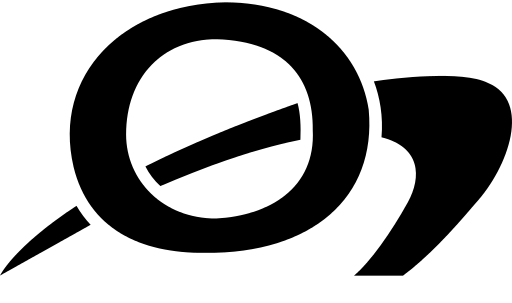
The Oberon+ Programming Language
A lean, statically typed, compiled, general-purpose, procedural, object-oriented, and garbage collected programming language in the Pascal tradition, with support for generic programming
Code Examples using traditional Oberon syntax
by Rochus Keller
The following examples correspond to the ones on the front page and have the same functionality, but use the more traditional Oberon syntax also supported in Oberon+. The compiler recognizes the syntax version by the MODULE keyword; if it is written in small caps, the new syntax is assumed.
Procedural Programming
MODULE Fibonacci;
VAR res: INTEGER;
PROCEDURE calc*( n : INTEGER ): INTEGER;
VAR a, b: INTEGER;
BEGIN IF n > 1 THEN
a := calc(n - 1);
b := calc(n - 2);
RETURN a + b
ELSIF n = 0 THEN
RETURN 0
ELSE
RETURN 1
END
END calc;
BEGIN
res := calc(21);
ASSERT( res = 10946 )
END Fibonacci.
Generic Programming
MODULE Collections(T);
TYPE Deque* = POINTER TO RECORD
data: POINTER TO ARRAY OF T;
size: INTEGER END;
Iterator* = RECORD END;
PROCEDURE createDeque*(): Deque;
CONST initial_len = 50;
VAR this: Deque; (* this is initialized to nil *)
BEGIN
NEW(this); NEW(this.data,initial_len);
RETURN this
END createDeque;
PROCEDURE (this: Deque) append*(IN element: T);
BEGIN
IF this.size = LEN(this.data) THEN ASSERT(FALSE) END;
this.data[this.size] := element; INC(this.size)
END append;
PROCEDURE (VAR this: Iterator) apply*(IN element: T) END;
PROCEDURE (this: Deque) forEach*(VAR iter: Iterator);
VAR i: INTEGER;
BEGIN FOR i := 0 TO this.size-1 DO
iter.apply(this.data[i]) END;
END forEach
END Collections.
Object Oriented Programming
MODULE Drawing;
IMPORT F := Fibonacci;
C := Collections(Figure);
TYPE Figure* = POINTER TO RECORD
position: RECORD
x,y: INTEGER
END END;
Circle* = POINTER TO RECORD (Figure)
diameter: INTEGER END;
Square* = POINTER TO RECORD (Figure)
width: INTEGER END;
PROCEDURE (this: Figure) draw*() END;
PROCEDURE (this: Circle) draw*() END;
PROCEDURE (this: Square) draw*() END;
VAR figures: C.Deque; circle: Circle;
square: Square;
PROCEDURE drawAll*();
TYPE I = RECORD(C.Iterator) count: INTEGER END;
VAR i: I; (* count is initialized to zero *)
PROCEDURE (VAR this: I) apply( IN figure: Figure );
BEGIN figure.draw(); INC(this.count)
END apply;
BEGIN
figures.forEach(i);
ASSERT(i.count = 2);
END drawAll;
BEGIN figures := C.createDeque();
NEW(circle); circle.position.x := F.calc(3);
circle.position.y := F.calc(4); circle.diameter := 3;
figures.append(circle);
NEW(square); square.position.x := F.calc(5);
square.position.y := F.calc(6); square.width := 4;
figures.append(square);
drawAll()
END Drawing.
Unicode Support
MODULE Unicode;
VAR
str: ARRAY 32 OF CHAR;
ustr: ARRAY 32 OF WCHAR;
BEGIN
str := "Isto é português";
ustr := "美丽的世界,你好!" + " " + str;
PRINTLN(ustr)
(* prints "美丽的世界,你好! Isto é português" *)
END Unicode.